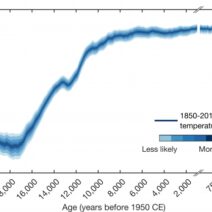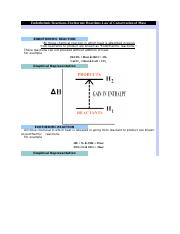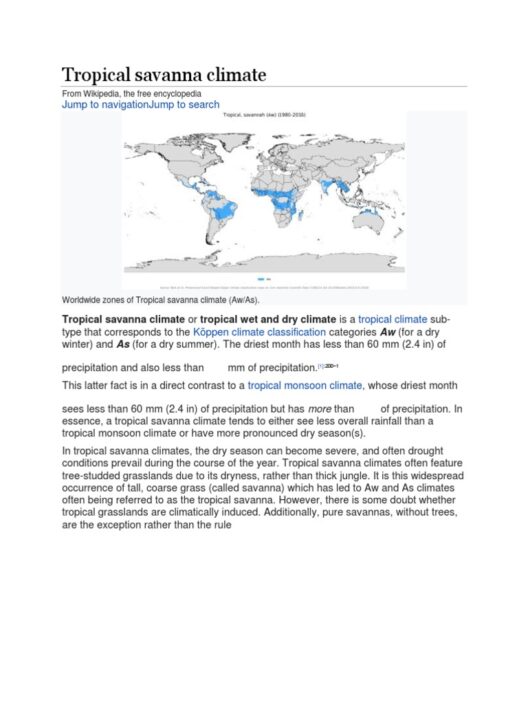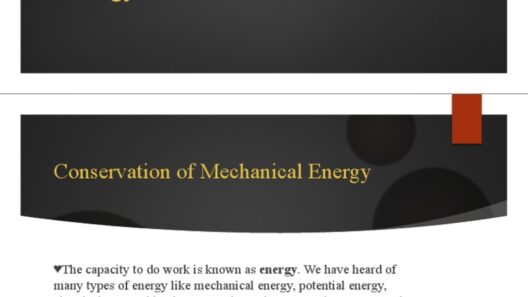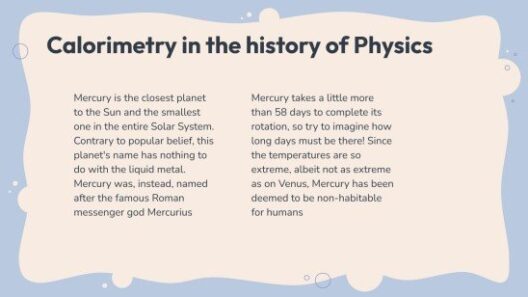When exploring the complex world of thermodynamics, a playful question often arises: Is the Law of Conservation of Energy endothermic or exothermic? This inquiry, while initially appearing simple, unfolds into a rich tapestry of scientific principles that challenge our understanding of energy transformations. The Law of Conservation of Energy asserts that energy cannot be created or destroyed; it can only be transformed from one form to another. This fundamental principle governs countless processes across various scientific disciplines, it intertwines neatly with the concepts of endothermic and exothermic reactions.
To delve deeper, let us first define what endothermic and exothermic reactions are. In chemistry, endothermic reactions absorb energy from their surroundings, often in the form of heat. A classic example is the dissolution of ammonium nitrate in water, which cools the solution as it pulls thermal energy into the reaction. Conversely, exothermic reactions release energy, primarily heat, into their environment. Combustion of fuels, such as burning wood or gasoline, exemplifies this reaction type, where energy output is significant and often utilized for practical endeavors like heating or powering vehicles.
So, where do these two concepts intersect with the Law of Conservation of Energy? At first glance, it may appear illogical to associate a law that exists outside the framework of chemical reactions with the explicit classifications of endothermic and exothermic. However, upon deeper inspection, we unearth an intricate relationship—a dance between the stored energy of reactions and the observable phenomena in our universe.
In a closed system, consider an endothermic reaction taking place. The energy consumed by the reaction manifests as a decrease in the temperature of the surrounding environment. While it may seem that energy ‘vanishes’, the Law of Conservation of Energy reminds us that the energy is merely changing form. It is converted from thermal energy to potential energy held within the chemical bonds of the products formed. Thus, within this realm, endothermic reactions are inherently compatible with the Law of Conservation of Energy.
On the other hand, exothermic reactions serve as a testament to the release of energy, showcasing the phenomenal transformation of potential energy back into thermal energy. When held against the backdrop of the conservation principle, exothermic reactions illustrate that although energy appears to depart from the system—it does not disappear; it merely redistributes itself, enriching the surroundings—often enjoyed in warmth or light.
This intricate interplay posits an intriguing challenge for those who seek to understand the broader implications of energy conservation. It is imperative to remember that energy’s conservation holds true regardless of the type of reaction taking place. The total energy before a reaction mirrors the total energy after, even amidst fluctuations in thermal dynamics. This conundrum beckons us to reconsider our perspectives on energy interactions and mechanics.
Moreover, the dichotomy of endothermic and exothermic reactions introduces a vital aspect of energy management in our pursuit of sustainable practices. As we strive for energy efficiency, understanding these processes can lead us toward innovations in energy utilization—one that adheres to the Law of Conservation of Energy while promoting environmental stewardship.
Consider the implications of endothermic processes in fields such as renewable energy. For instance, photosynthesis represents a grand scale endothermic reaction, where plants absorb solar energy to produce glucose and oxygen. Here lies a direct relation to our survival and a celebration of energy conservation at work, as solar energy is utilized over time, fostering life on our planet.
Alternatively, the exothermic nature found in the combustion of biofuels provides a compelling juxtaposition. When managed efficiently, this process can nurture communities and economies, harnessing stored energy in organic material to provide heat and power. The interplay of these reactions has significant bearings on both local and global scales, illustrating the balance needed in our energy approaches.
In essence, one must recognize that the Law of Conservation of Energy does not categorize itself as either endothermic or exothermic; rather, it serves as the underlying principle governing all energy transformations. This principle illuminates how energy relationships underpin every chemical reaction, be it endothermic absorbing energy or exothermic releasing it.
Understanding this interconnectedness invites a deeper appreciation for energy’s role in both natural and artificial systems. It emphasizes the necessity for responsible energy consumption, incentivizing approaches that seek to minimize waste by maximizing the potential of every energy interaction, whether it be in industrial processes, household activities, or ecological systems.
In conclusion, while the Law of Conservation of Energy itself may not directly fit into the classification of endothermic or exothermic processes, its implications resonate through these reactions, challenging us to reflect on energy dynamics profoundly. As stewards of our planet and advocates for sustainable practices, embracing this understanding may serve as a cornerstone in the evolution of energy utilization—an evolution rooted in respect for conservation and innovation for future generations.

